Yep. That’s an exclamation mark. We are truly that excited. We are suddenly Lard Enthusiasts and have so many cool things to share.
First, we decided to render this lard the last day of 2019. It was very impulsive, mostly trying to clean out our freezer. We had a big bag of pork fat from our two pigs we butchered last fall and Rory thumped it on the counter saying, “let’s do something with this.” After a minute on the computer, I found a tutorial on how to render in the crock pot, and we got it going.
Later that night, this is what we had bubbling on the counter:
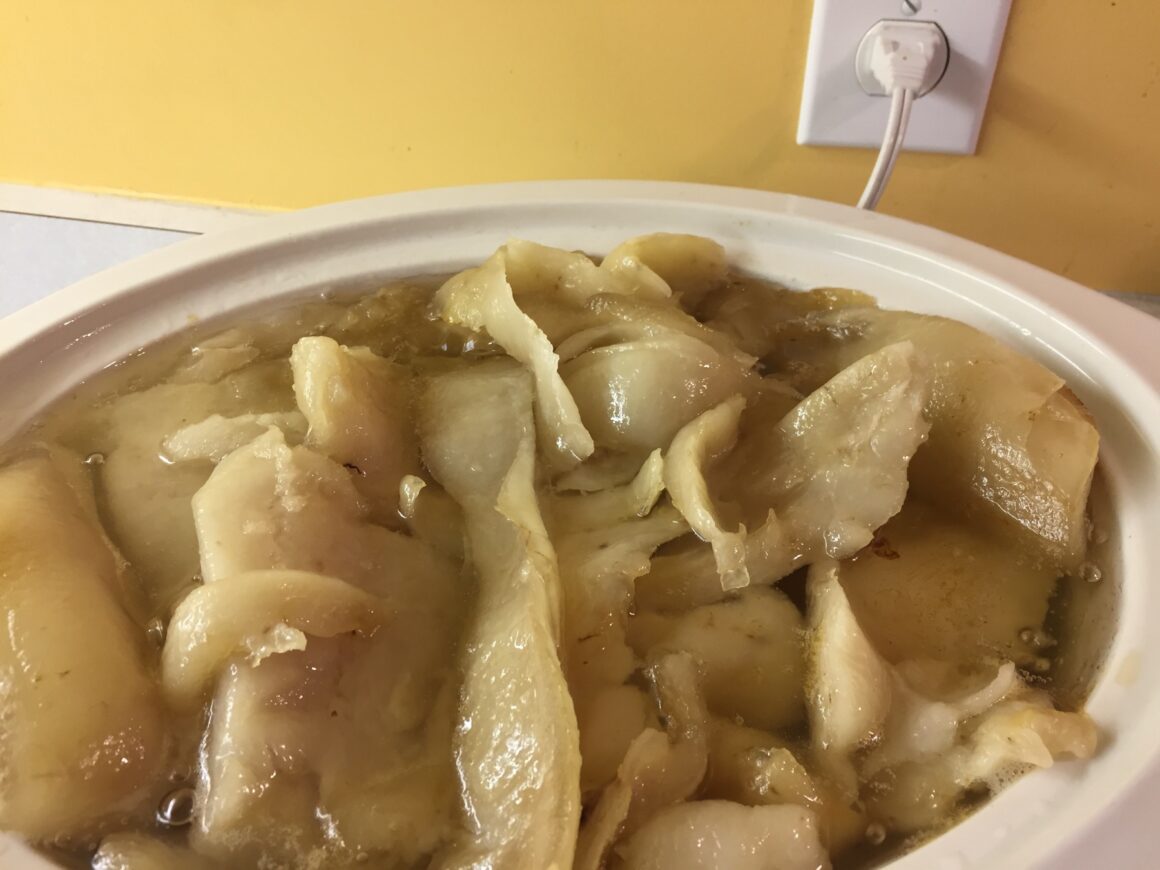
We simply used the ladle to scoop out the liquid, poured it through a tea towel pinned to a 4-cup pyrex measuring pitcher and then put it right into the warmed jars. We screwed on the lids (this stuff is shelf stable though we have ours in the fridge) and the next morning we had 8 pints of pure, white lard.
I fried an egg in it, first thing. Then I made popcorn. And later, put it all over a chicken before roasting it. Oh my! It is a new frontier.
I get excited about these things because we want to know how people in the Midwest cooked before olive oil. Or grapeseed oil. Or vegetable oil. And this is it! I keep saying aloud, “we have our own oil!”
Now the very best part, and the thing that makes us the most amazed, is that apparently lard from pasture-raised pigs is high in Vitamin D—the same vitamin we are all deficient in this time of year in Minnesota! One tablespoon of lard from pastured pigs is equivalent to the daily recommended dose of Vitamin D (1000 IU). And here we find it naturally from our own pigs, just sitting in our freezer. (Lard from feedlot pigs, however, is not high in Vitamin D).
Since making the lard, I have been on a little lard educational kick. It turns out that a pint of pure lard from organic, grass-fed pigs costs TWENTY FIVE BUCKS! That means we have $200 of lard in our fridge right now. We’ve struck Gold!
Here’s the craziest part: everyone used to cook with lard. But at the end of the 1800’s Proctor & Gamble were growing and harvesting cotton and had a whole lot of cottonseed with no purpose. So they worked to find a way to use it. They figured out that after heating, pressing and hydrogenating cottonseed it turns into a solid that looks exactly like lard. They called it Crisco, and started marketing the daylights out of it while simultaneously criticizing lard as ‘the rancid fat.’ (Source)
Since then we have seen an increase in all sorts of diseases because cottonseed oil is in nearly every processed and packaged food at the grocery store. And that’s trouble because, “Before processing, cottonseed oil is cloudy red and bitter to the taste because of a natural phytochemical called gossypol… and is toxic to most animals, causing dangerous spikes in the body’s potassium levels, organ damage, and paralysis. An issue of Popular Science from the era sums up the evolution of cottonseed nicely: “What was garbage in 1860 was fertilizer in 1870, cattle feed in 1880, and table food and many things else in 1890.” (The Happiness Diet)
Oh my.
I suppose I find this so fascinating because we are discovering all of this from the back door again. Rory and I didn’t move to this farm because we were into organic foods. But it turns out, when you grow your own food for yourselves and your children, you are quite motivated not to spray it with pesticides. Likewise, we didn’t move to this farm to see how much of our own food we could produce on our own. But something is unlocked when you realize how simple so many of these processes are, and how natural and right they feel to do yourself. It makes you want to learn the next thing they used to do back in the day because it feels so much more natural and sustainable—like it was intended for us to eat this way from the start!







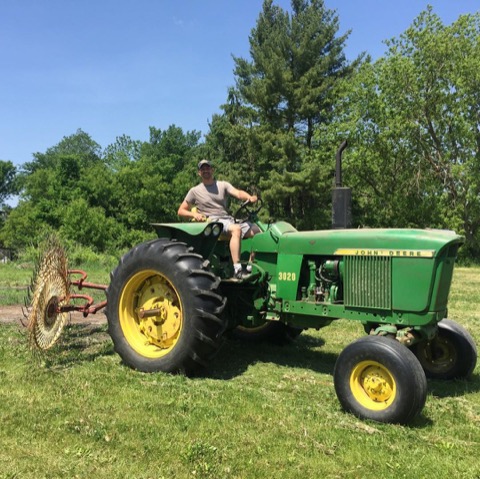
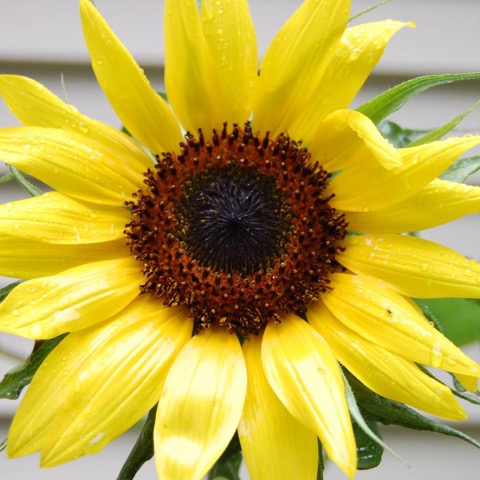

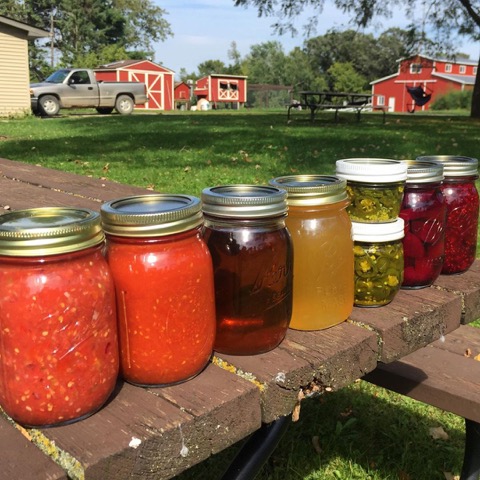
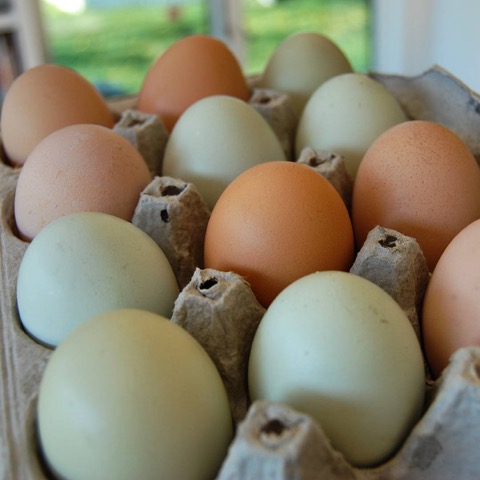

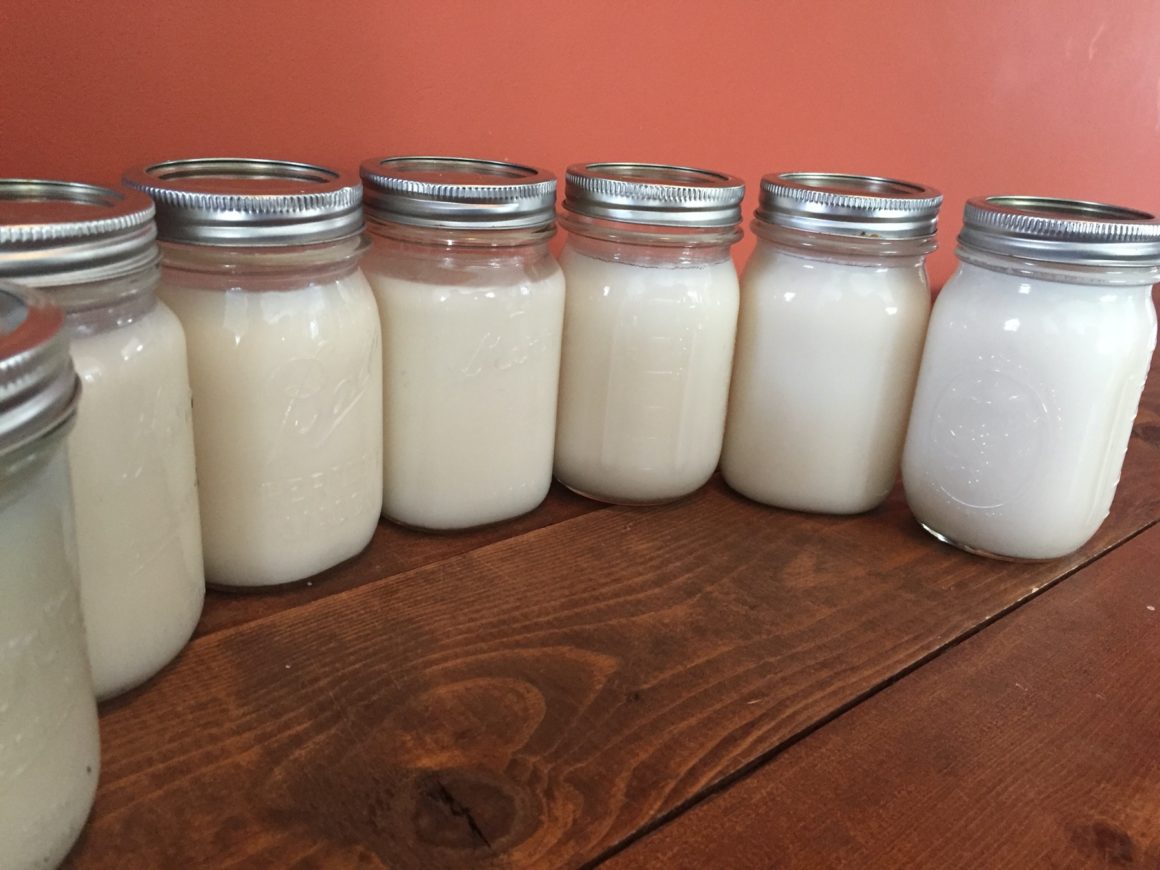
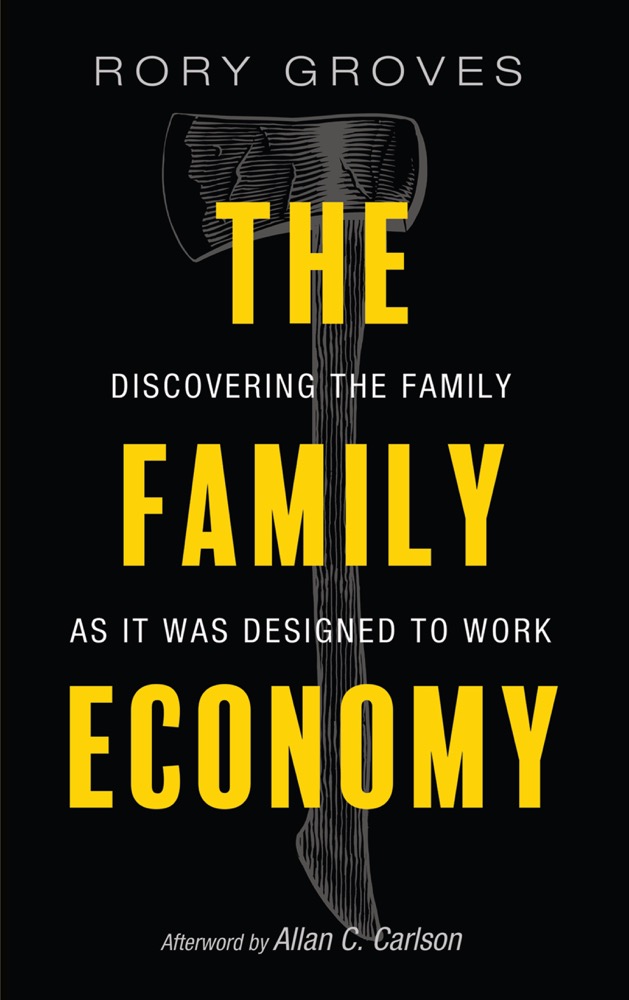
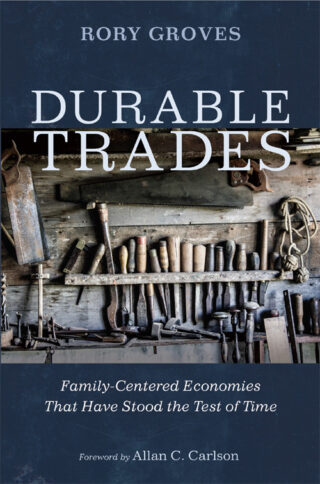
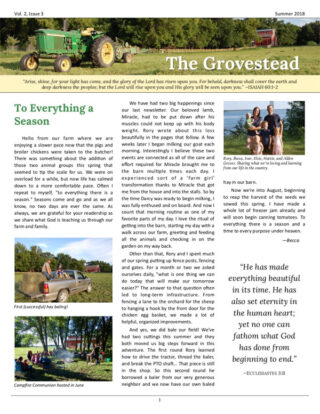
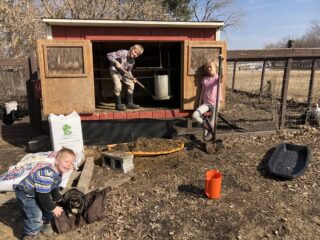
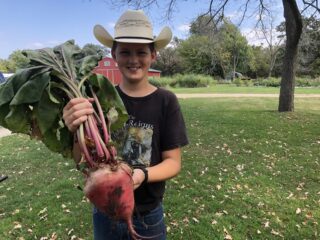
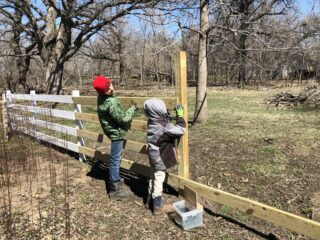
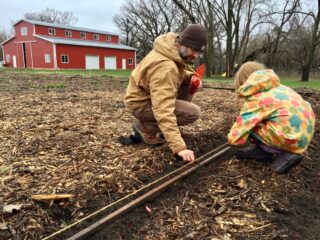
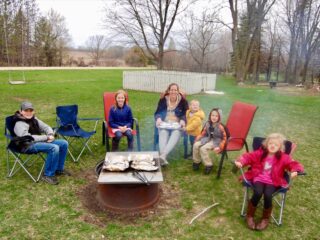
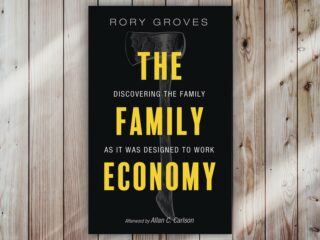
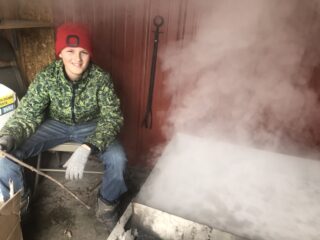
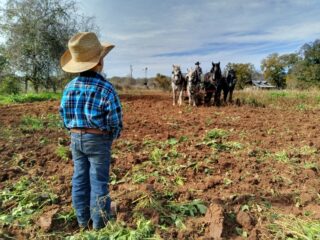
7 comments
This brought back memories for me as my folks rendered lard as well. What’s next – lye soap?
We’re storing up the ashes!
Ok seriously I read this stuff and want to move to the country! But we are doing the small things you guys probably used to do…we now have turned one whole side of our backyard into a HUGE garden! Next year, maybe chickens! ?♀️ Who knows…lard may be in our future! ?
It is amazing how one thing leads to another. How once you taste your own tomatoes you think, “what else can I grow?” I bet you have chickens by 2021 and I think you may very well be on the slippery slope, Kerah! 🙂
Love this…and sounds really easy with you having the product on hand! Cool…and love your history of lard. My mom’s great pie crust recipe calls for lard…but of course that means Crisco to us now! It always gets rave reviews…would you like to have it to actually see how it tastes
with your lard??
I would LOVE it, Frankie! Because this will clearly be my next goal…the perfect pie crust! 🙂
Fascinating! Thanks for sharing